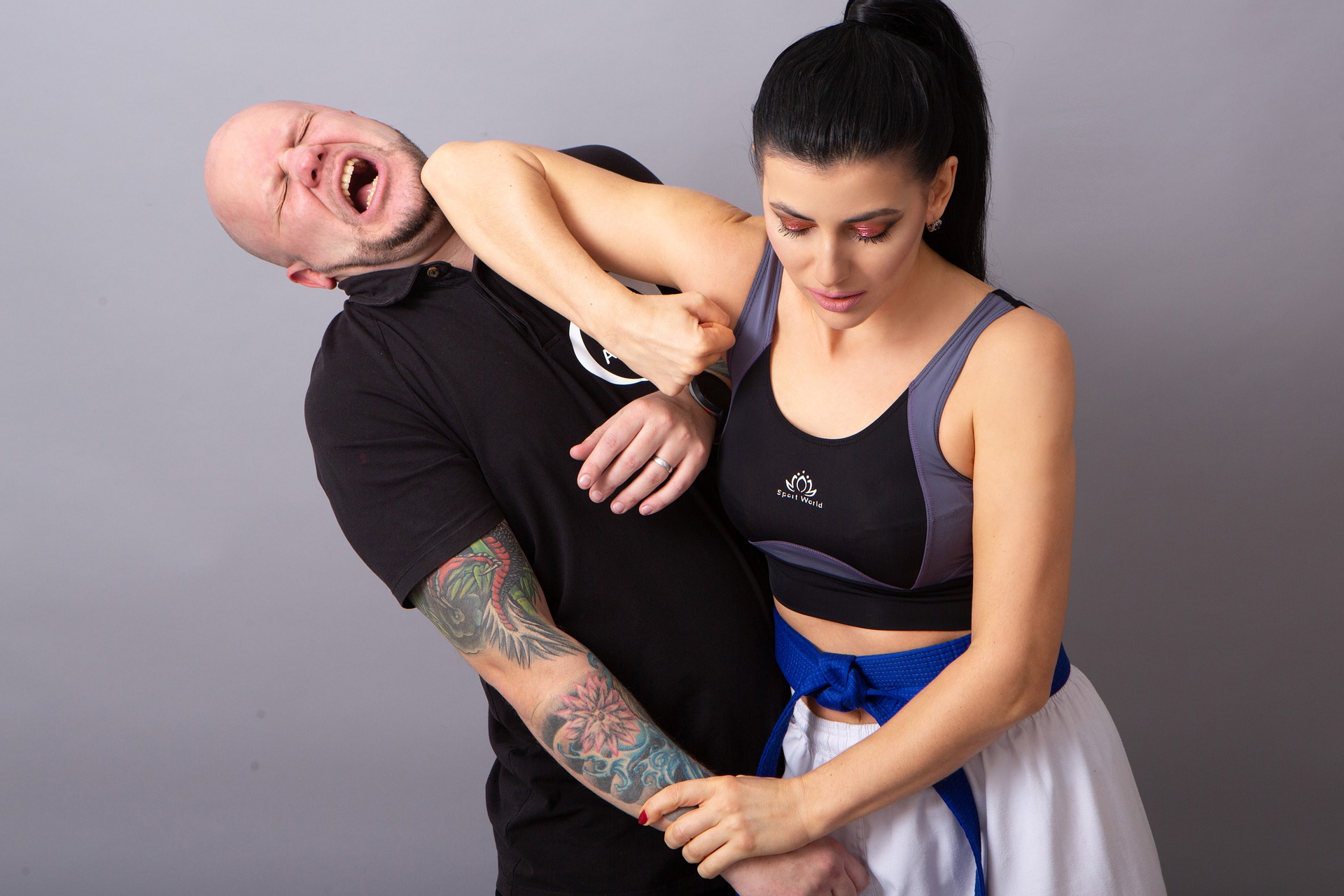The most important aspect of martial arts practice, especially for Kempo, is working on human bodies. Partner work is essential because you develop muscle memory in this type of training. Partner training also provides visual feedback about the opponent’s target area and the opponent’s reactions. By working with various body sizes, weights, and abilities, you get a sense of how different people will react and adjust for variations.
Often when classmates work together, they go soft on each other. They don’t want to hit the sensitive or vital points. Aim for the target you wish to strike. Don’t practice missing on purpose to be nice to your fellow student. It develops bad habits and faulty muscle memory. Instead, stop before you hit the target. It is easier to add more power and distance to your strike than redirect lousy muscle memory.
But what about the dreaded horse stance? How is that useful?
It teaches you proper knee orientation and weight distribution. The horse stance conditions the knees, legs, and hips for use during Kempo techniques and kata. But it is not a fighting stance.
A master from another art once asked me why we practice from a horse stance. I gave him my patent answer, the one I give my students and accept as an instructor. But he didn’t buy it. He felt it was more important to practice the stances you are going to use from the beginning. Going through phases in “stance work” is not suitable for the student and slows down active defense skills.
Now I have to re-evaluate how I teach others. I still haven’t changed the method of instruction yet, but this conversation still lingers in my mind. It speaks to the truth about old fashion training that can produce results, perhaps not as efficiently. The master’s insight is very telling about the effectiveness of Kyu-ranked students — they lack adequate fighting skills due to our training crutches.
The focus of all our drilling and memorization is to hone our physical skills. This focus feeds into something that isn’t done nearly enough in most schools and needs more repetition in our schools — doing drills. These are important to develop timing, gauging, and balance when working with another person. In Arnis, the exercises “picking” and “sinawali” are great examples of this.
Have you ever worked on a drill that you thought was great? Let us know in the comments. Also, if you ever did something you practiced in class, but it didn’t work right in the field, I’d love to hear about it too.


